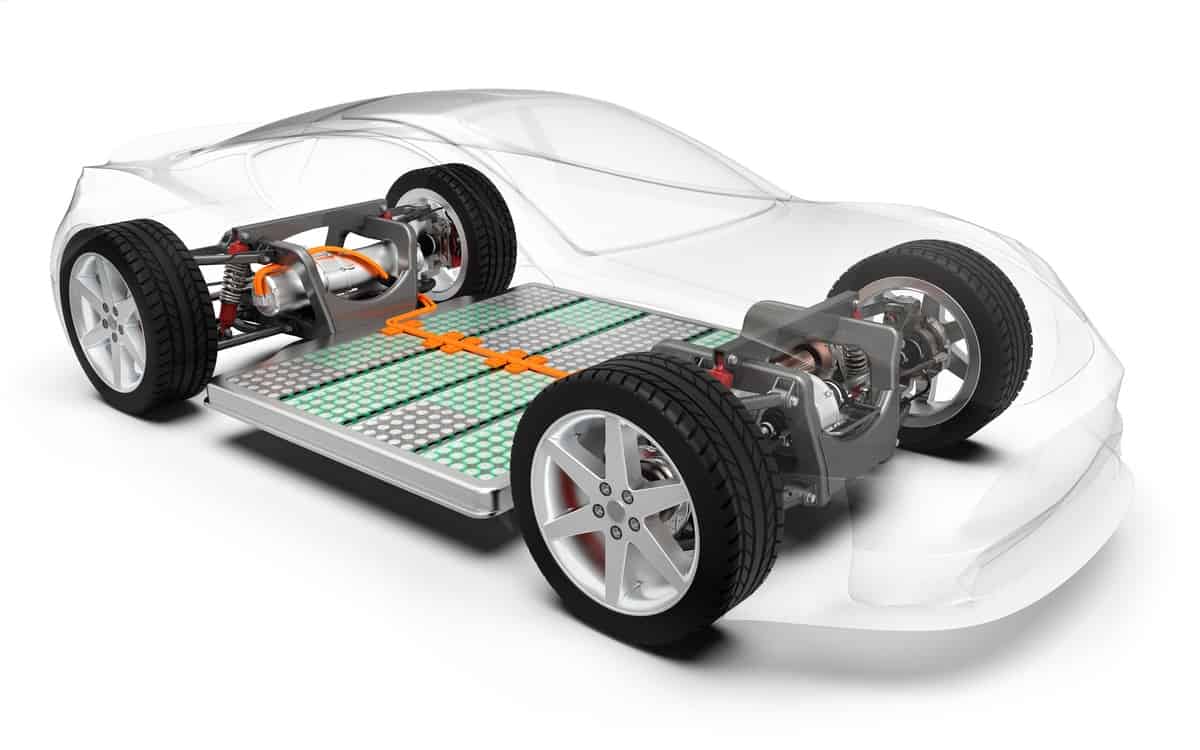Two of the biggest problems with electric vehicles—limited range and sluggish recharging—are being investigated by the University of Texas researchers at Austin, according to UT News.
The researcher developed an innovative kind of electrode for lithium-ion batteries that might release more power and enable rapid charging. Remarkably, they achieved this by utilizing magnets to build thicker electrodes. For those unaware, it is the battery‘s positively and negatively charged components that supply power to a gadget.
This method avoids frequent issues with sizing up the crucial components. In comparison to a battery utilizing a commercially available electrode, the researchers came up with an electrode that may enable an electric vehicle to travel twice as far on a single charge.
| “Two-dimensional materials are commonly believed as a promising candidate for high-rate energy storage applications because it only needs to be several nanometers thick for rapid charge transport,” said Guihua Yu, a professor in UT Austin’s Walker Department of Mechanical Engineering and Texas Materials Institute. “However, for thick-electrode-design-based next-generation, high-energy batteries, the restacking of nanosheets as building blocks can cause significant bottlenecks in charge transport, leading to difficulty in achieving both high energy and fast charging.” |
The discovery’s key was revealed in the Proceedings of the National Academy of Sciences. Thin two-dimensional materials are used as the electrode’s building blocks; they are stacked to generate thickness, and a magnetic field then controls their orientations.
The two-dimensional materials were arranged vertically throughout the production process using magnets that were readily accessible in the market, giving ions a faster path across the electrode.
| “Our electrode shows superior electrochemical performance partially due to the high mechanical strength, high electrical conductivity, and facilitated lithium-ion transport thanks to the unique architecture we designed,” said Zhengyu Ju, a graduate student in Yu’s research group who is leading this project. |
The researchers also designed a horizontally organized electrode utilizing the same materials for the experiment, along with comparing it to a commercial electrode.
In comparison to the horizontal electrode, which took 2 hours and 30 minutes to recharge, the thick vertical electrode reached 50% of its initial energy level in just 30 minutes.
However, the researchers underlined that they are just beginning to explore this concept. In this study, they examined just one kind of battery electrode.
In order to adapt their vertically ordered electrode layer methodology to many types of electrodes made of different materials, the researchers intend to broaden their approach.
Notably, this may encourage broader industrial use of the technology, opening the door for potential fast-charging but high-energy batteries that drive electric vehicles.

